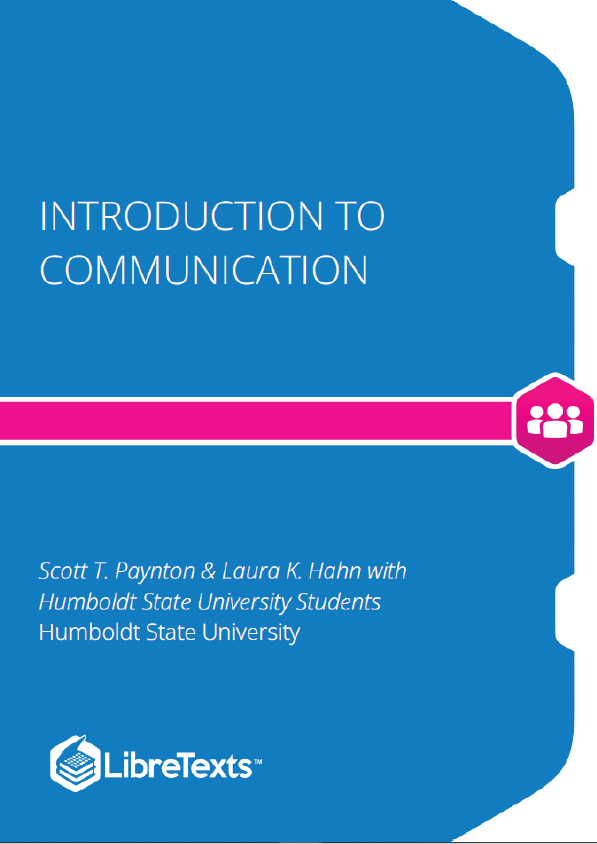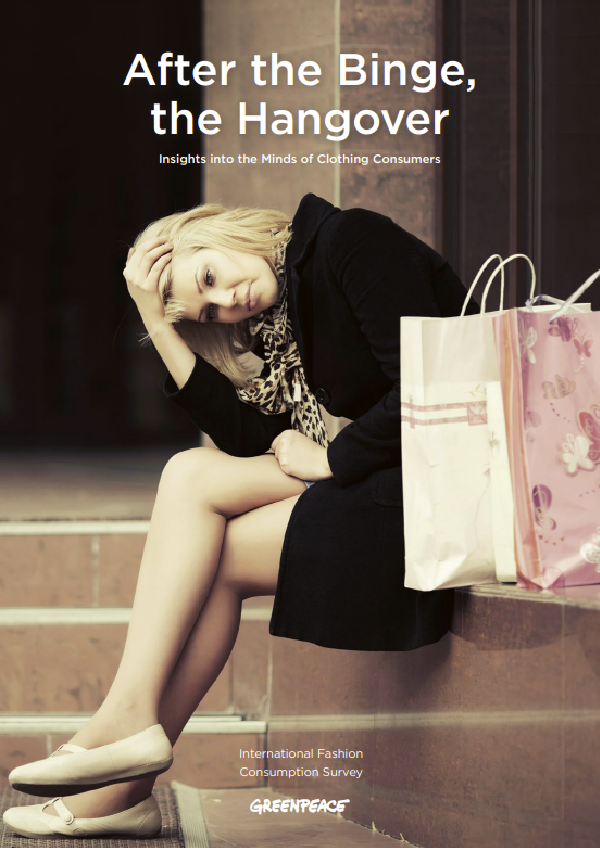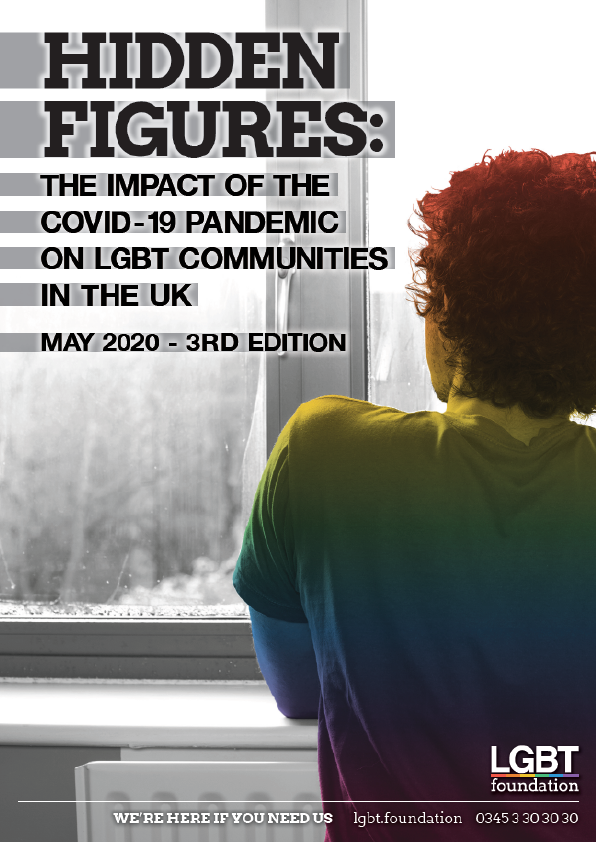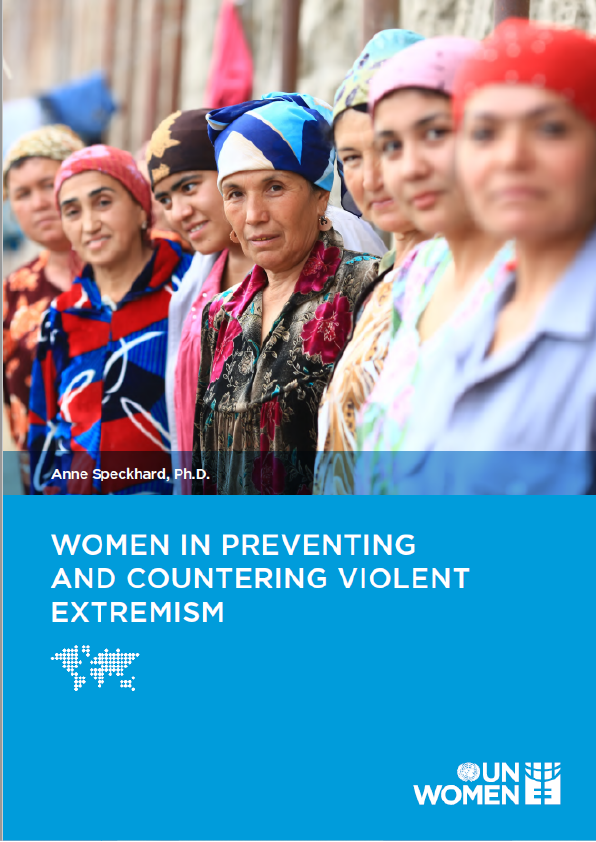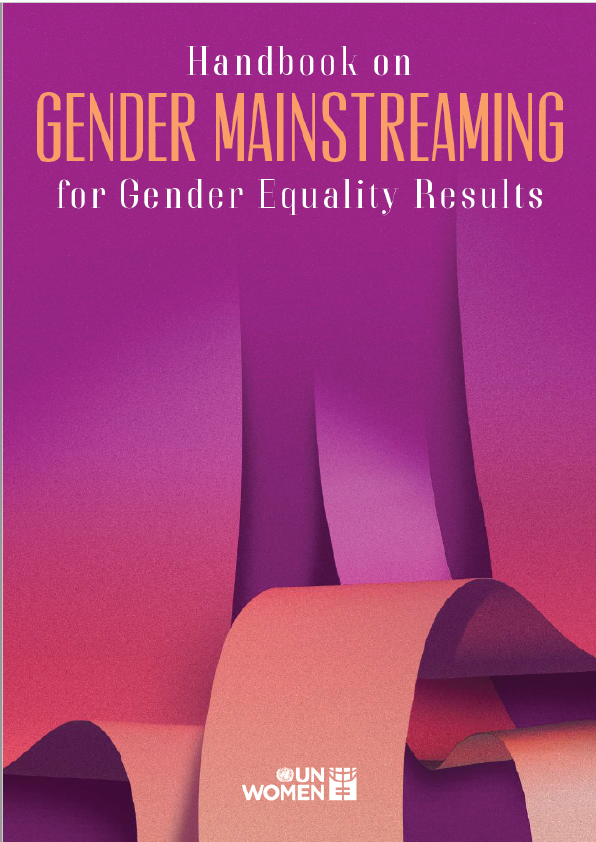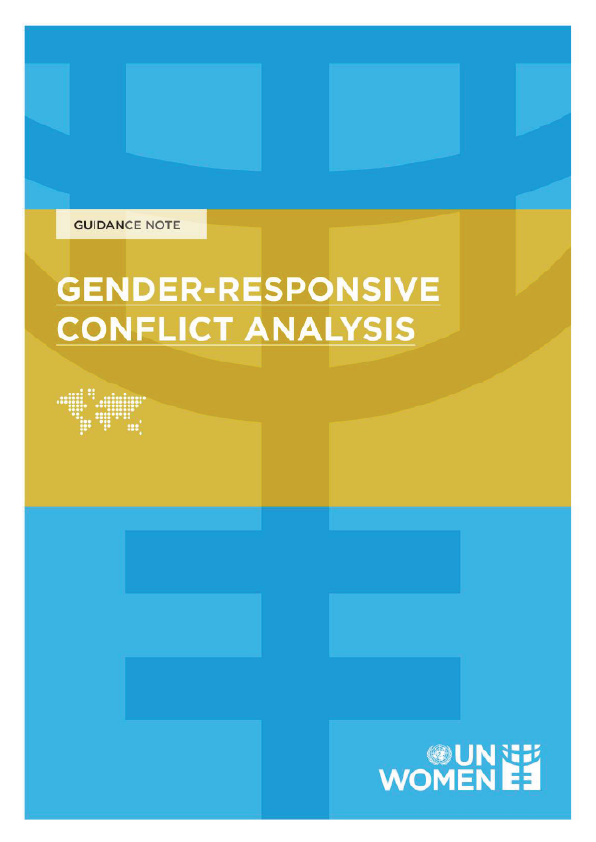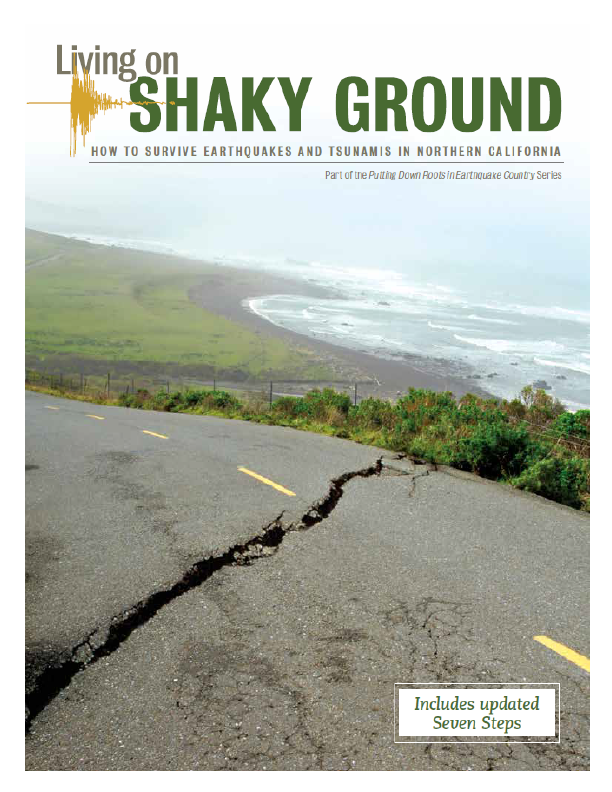This textbook is targeted for Introduction to Human Communication courses that introduce students to the study of Communication. The underlying organization addressed the importance of students to be able to answer the question, “What is Communication Study?” in a way that captures the field of Communication appropriately, as well as an important discipline across colleges and universities.
Background
This project began many years ago as an attempt to find the perfect textbook for Humboldt State University’s Department of Communication COMM 105-Introduction to Human Communication course. When looking for an appropriate textbook for this course, it became evident that much of the discipline of Communication uses the term “Intro Course” to mean some version of Public Speaking. Further, it became clear that a great deal of Communication departments across the country do not have an introductory course that function as a “survey” course. This is particularly unusual in light of the fact that most other disciplines have these types of courses (e.g. Introduction to Sociology, Introduction to Anthropology, etc.). These circumstances provided a quandary regarding locating a good survey textbook that introduces our students to the discipline in ways that go beyond the scope of public speaking textbooks.
We decided to deal with this particular problem by producing a textbook that introduces students to the study of Communication. We firmly believe that it is important for our students to be able to answer the question, “What is Communication Study?” in a way that captures the field of Communication appropriately, as well as an important discipline across colleges and universities. We found it difficult to point our colleagues and students to texts or classes that demonstrate what the field of Communication Study is about. Hence, we wrote the original version of the textbook for our own Introduction to Human Communication course.
Upon completion of the first draft of the textbook, we decided to publish the work in an open-source format for a couple of reasons. First, given the high cost of textbooks, we wanted students who use this book to have it for free, a move that works to help students with the skyrocketing cost of education. Second, it was, and is, our belief that academics should be able to control what they write, and that we should not have to rely on the three to five year cycle publishers use for updating course textbooks. Instead, open source materials allow for immediate currency in the materials we provide our students because they are open for all to edit.
The first edition of this text was published on wikibooks in 2009. We joked that we were “five years ahead” of it being common practice that colleges and universities would embrace using open-source, free materials in classes. We wondered if those involved in the field of Communication would actually edit the text frequently, or if it would function more statically like traditional print textbooks. What we discovered was that many of our colleagues were using the book across the country, but there were almost no edits to the text. It was being treated more like a print version, with an apparent need for a “second edition.” Instead of a continuously updated textbook over the last five years, in 2014 we still had essentially the same version as we published in 2009.
